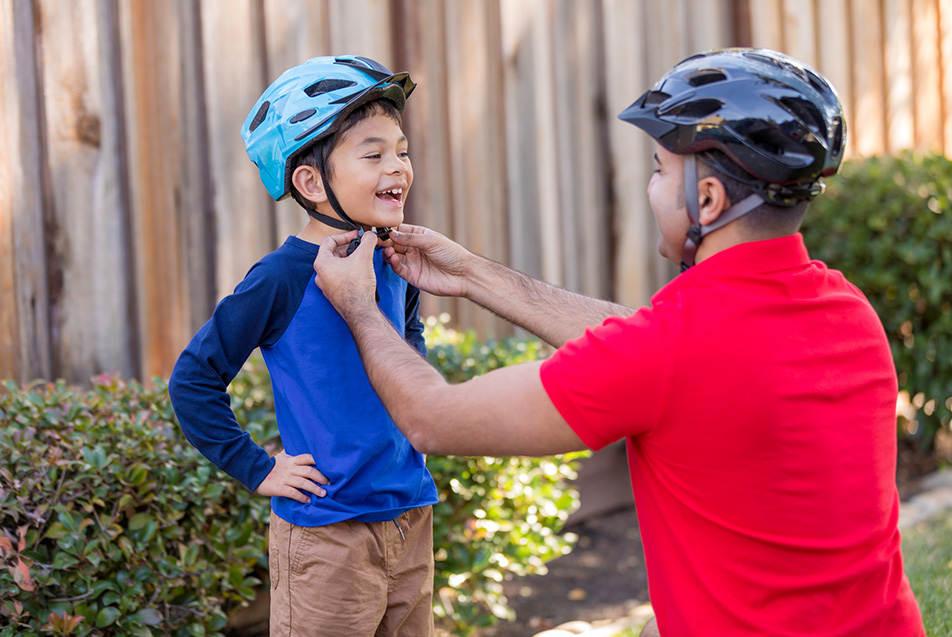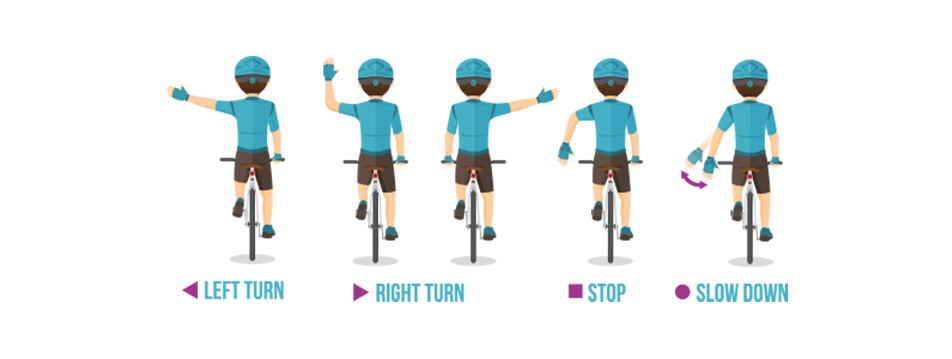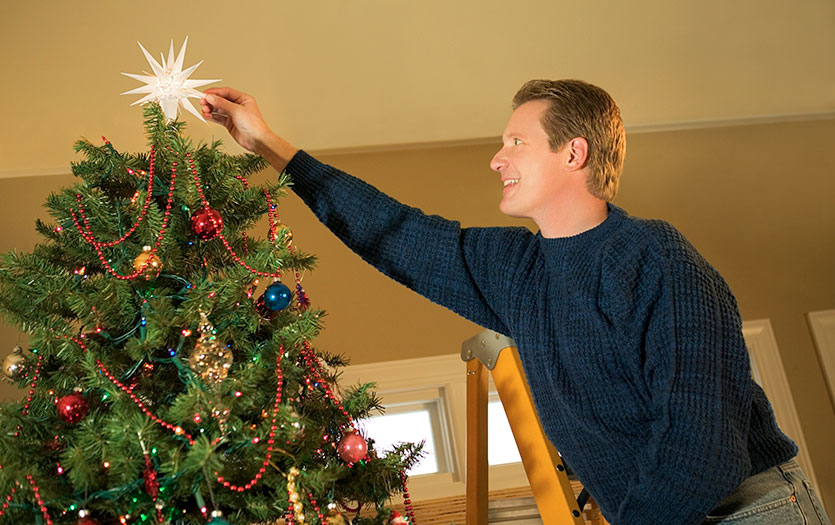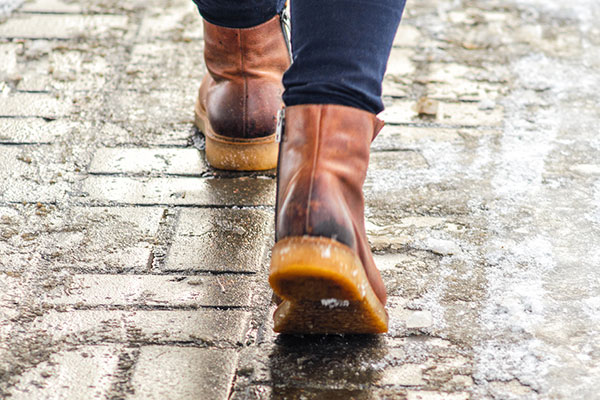
Before you put your feet on the pedals, review these safety pointers from Lisa Hollister, DNP, MSN, RN, LSSBB, administrative director, Trauma Systems, Parkview Trauma Centers.
Proper fit
Children should always have an adult help them ensure their helmet is properly fitted. Here are the things to look for, at all ages:
- Eyes – The helmet should sit level and rest low on the forehead, one to two finger widths above the eyebrows.
- Ears – Make sure the straps are even and form a “Y” under each earlobe. They should lay flat against the head.
- Mouth – The chin strap should be buckled, with enough room so you can insert a finger between the buckle and the chin.
Keep your ears open
- Avoid wearing earplugs, headphones and listening to music while cycling. It impedes your ability to hear traffic around you, including emergency vehicle sirens, horns and vehicles approaching from behind.
- Put the cell phone away. Don’t text or talk while riding.
Rules of the road
- Ride in the same direction as traffic. Remember: “Right is right”.
- When riding in groups, ride single file or one wide.
- Look both directions when turning onto a one-way street.
Trail access
- Trailheads are trail access points with designated parking areas. You can find trail maps and information here. This would be a good place for emergency personnel to park their vehicle if you need their assistance.
- Look for mile markers. This will allow you to provide the most accurate location, should you need assistance.
Fall prevention
- Make sure your feet can touch the ground while sitting on the seat.
- Use both hands on the handle bars, except when signaling. This will help you maintain control of the bike.
- Be alert! Don’t ride distracted.
Motor vehicle safety
- Wear bright-colored or reflective clothing.
- Use reflectors on the spokes of the tires.
- Try to bike in a group or with at least one friend.
- Pick a route with less traffic and fewer intersections to cross.
- If possible, use a sidewalk.
- Follow all traffic signals and use designated bike lanes.
- Make eye contact with drivers.
- Never hold onto a moving vehicle.
- Watch out for cars that are turning or backing out.
- Signal your direction – turning right, left and stopping.

Pedestrians
- Look for pedestrians at street crossings and corners.
- Make eye contact with pedestrians.
- Look left, right and then left again for anyone that may be crossing your path.
Clothing
- Wear clothing that will protect your skin in an accident (i.e. shirts, shorts, etc.).
- Rear and front bike lights will help drivers identify you as a cyclist when it is dark outside.
Drinking and riding
- Avoid consuming alcohol while riding. Alcohol impairs your judgement and ability to react to others and cars around you.
- Alcohol significantly increases your chances of being involved in a fatal cycling accident.
- Remember: You have to obey all traffic laws when riding!
To learn more, visit:
Share the Road
The Parkview Safety Store
Safekids.org
fwtrails.org



